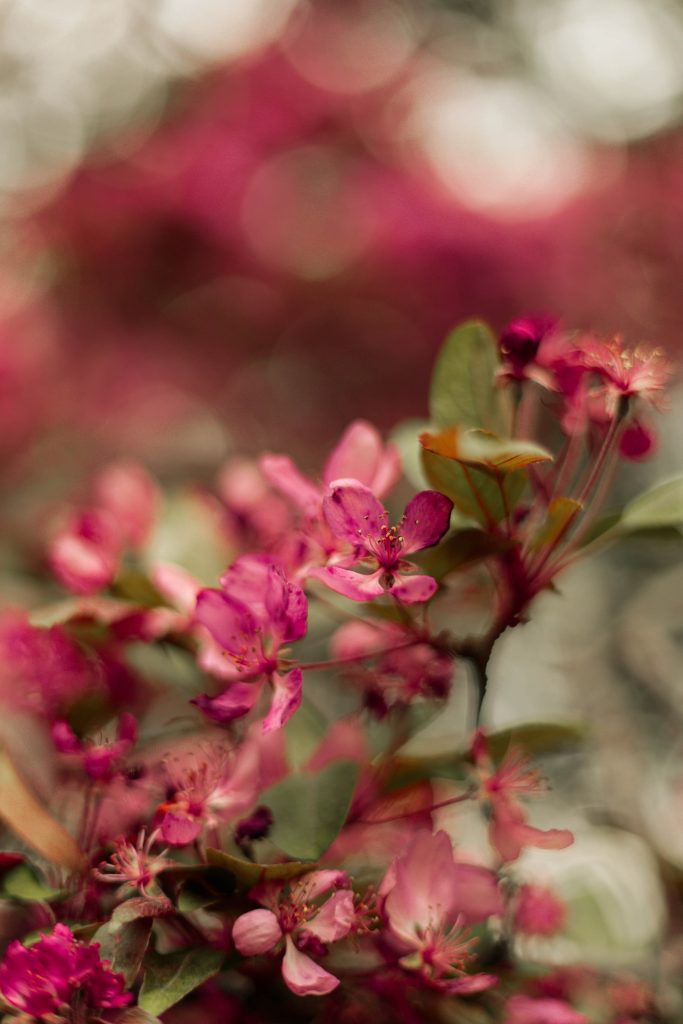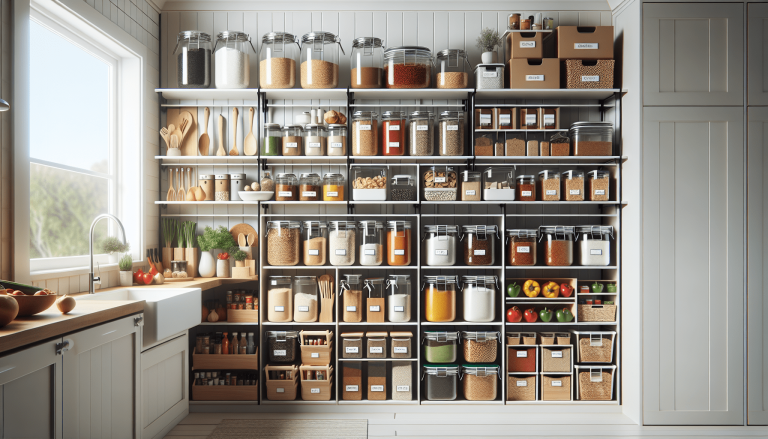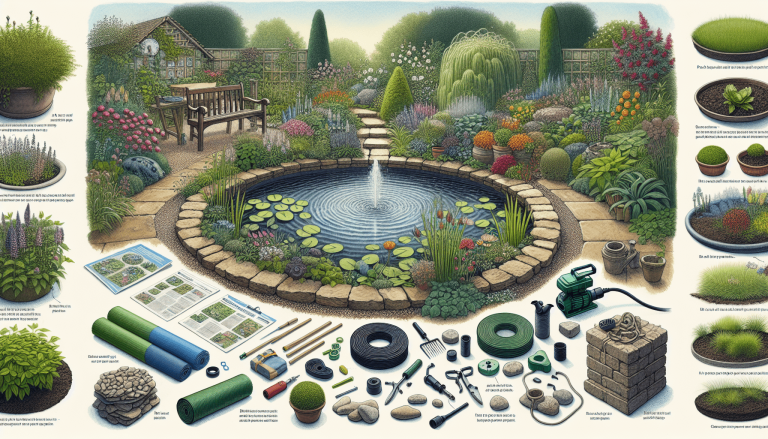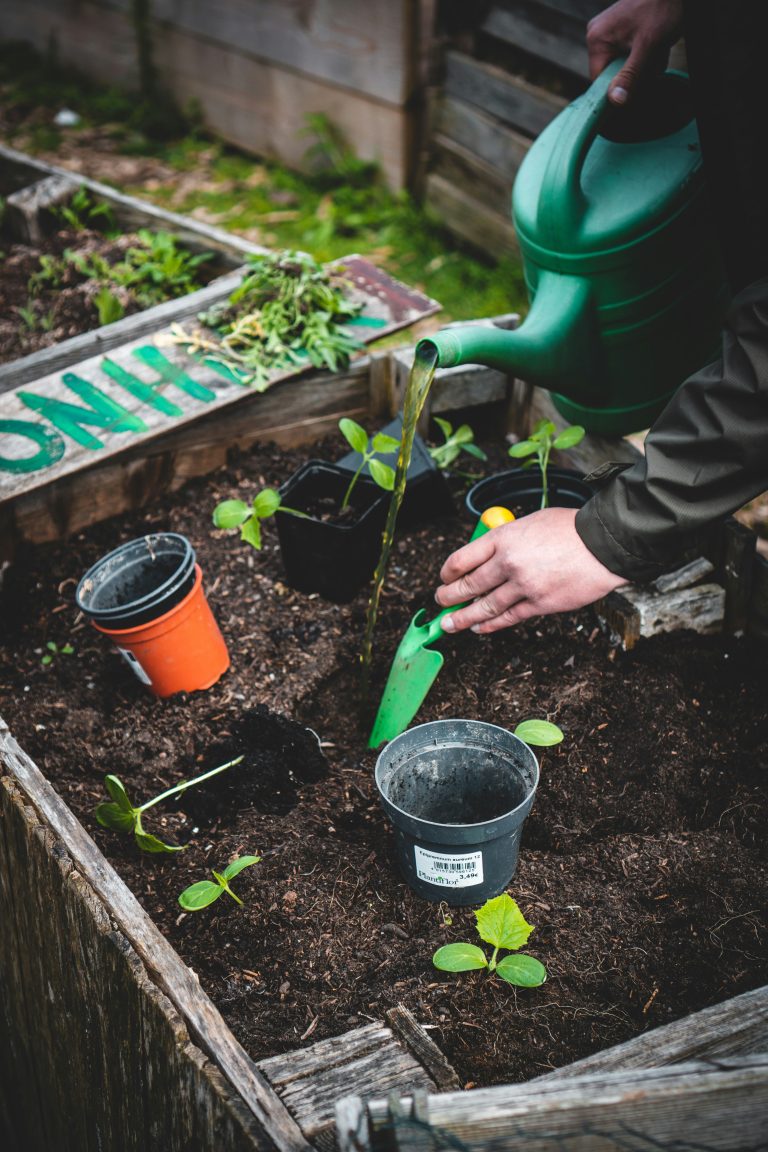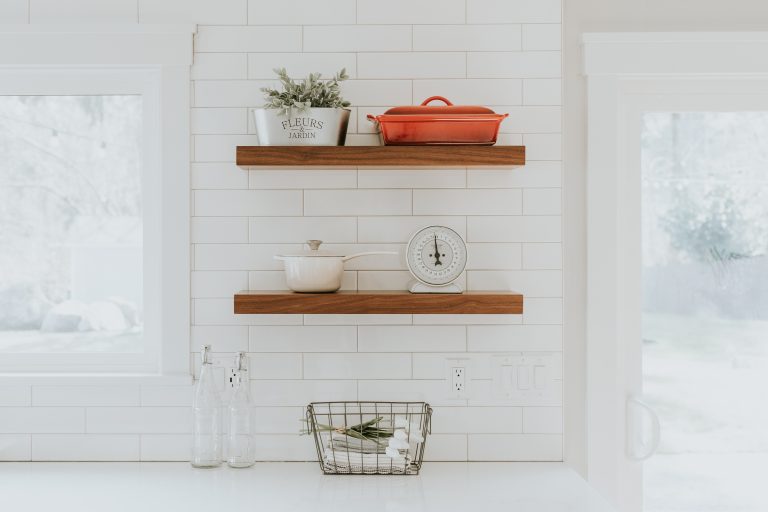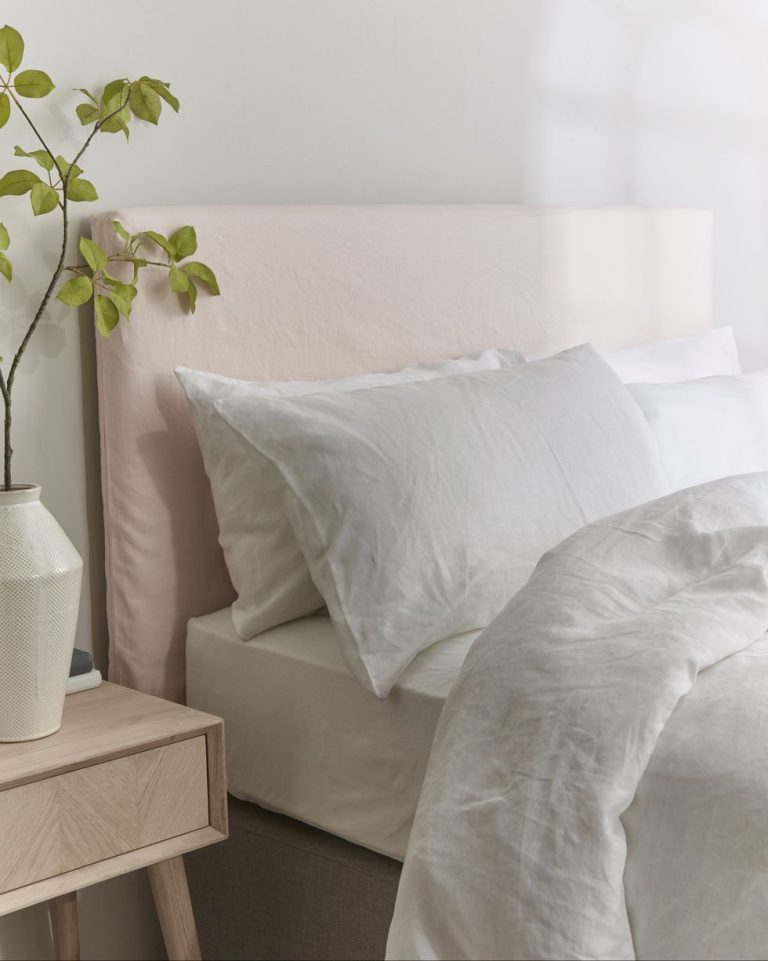If you’re looking to create a haven for wildlife right in your own backyard, you’ve come to the right place. With a few simple steps, you can turn your garden into a thriving habitat for various species. From providing food sources to creating shelter, there are plenty of ways you can make your garden not only beautiful but also wildlife-friendly. So grab your gardening gloves and get ready to welcome a diverse array of birds, butterflies, and other fascinating creatures into your outdoor space.
Table of Contents
ToggleCreating a Wildlife-friendly Garden
When it comes to creating a wildlife-friendly garden, there are several important steps you can take to provide a welcoming habitat for various species. By incorporating native plants, providing food and water sources, creating shelters, establishing a wildlife-friendly pond, avoiding the use of pesticides, reducing or eliminating lawn areas, installing bird feeders and nesting boxes, attracting butterflies and bees, providing habitats for different wildlife species, and managing your garden sustainably, you can transform your outdoor space into a haven for wildlife.
Choose native plants
One of the first steps in creating a wildlife-friendly garden is to choose native plants. Native plants are naturally adapted to the local ecosystem and therefore provide essential food and shelter for local wildlife. They also require less maintenance, as they are suited to the local climate and soil conditions. By incorporating a variety of native plants in your garden, you can attract a wide range of insects, birds, and other wildlife species.
Provide food and water sources
To attract wildlife to your garden, it’s important to provide a variety of food and water sources. Planting fruit-bearing shrubs and trees, such as berries or crabapples, can provide a valuable food source for birds and small mammals. Additionally, installing bird feeders and bird baths can provide a reliable source of food and water throughout the year. Remember to clean the bird feeders and bird baths regularly to prevent the spread of disease.
Create shelter
Shelter is essential for wildlife, as it provides protection from the elements and predators. You can create shelter in your garden by incorporating plants with dense foliage, such as evergreens or native shrubs. These plants can provide nesting sites for birds and small mammals. Additionally, leaving fallen leaves, branches, and logs in your garden can create natural hiding places for wildlife. Creating a brush pile or installing nesting boxes can also provide additional shelter opportunities.
Establish a wildlife-friendly pond
A wildlife-friendly pond can be a beautiful focal point in your garden and provide a habitat for a variety of creatures. Incorporate a mix of shallow and deep areas, as well as different types of aquatic plants, to create a diverse and ecologically balanced pond. Adding rocks and logs can offer places for amphibians and reptiles to sunbathe, while shallow sloping edges can provide access for insects and small mammals. Be sure to also include aquatic plants, such as water lilies or floating plants, to provide cover and food for aquatic wildlife.
Avoid using pesticides
Using pesticides in your garden can have detrimental effects on wildlife. Chemical pesticides can poison insects, birds, and other animals, leading to a decline in biodiversity. Instead of relying on chemical pesticides, consider using natural alternatives, such as insecticidal soaps or biological controls. Additionally, supporting a healthy ecosystem in your garden by providing diverse habitats and food sources can help naturally control pest populations.
Reduce or eliminate lawn areas
Lawn areas provide little to no habitat value for wildlife, as they offer limited food and shelter. Consider reducing the size of your lawn by adding more native plants, flower beds, or even a vegetable garden. By creating mixed plantings and incorporating different heights and textures, you can create a more diverse and wildlife-friendly landscape. Not only will this benefit wildlife, but it will also reduce your water usage and maintenance requirements.
Install bird feeders and nesting boxes
Bird feeders and nesting boxes can play a vital role in attracting and supporting bird populations in your garden. Installing multiple feeders with different types of food (such as seeds, suet, or nectar) can attract a variety of bird species. Similarly, providing nesting boxes in different sizes and configurations can accommodate different bird species’ nesting requirements. Be sure to place feeders and nesting boxes in a safe and accessible location, away from potential predators.
Attract butterflies and bees
Butterflies and bees are important pollinators and can greatly contribute to the health and vitality of your garden. To attract butterflies, provide nectar-rich flowers in a variety of colors and fragrances. Include plants that provide food for butterfly larvae, such as milkweed for monarch butterflies. To attract bees, include a mix of native flowering plants that bloom at different times throughout the season. Avoid using pesticides that can harm these pollinators and their populations.
Provide habitats for different wildlife species
To create a truly wildlife-friendly garden, it’s important to provide habitats for a wide range of species. Incorporate features such as rock piles, log piles, and deadwood habitats to provide hiding places and shelter opportunities for insects, reptiles, and small mammals. Planting a diverse range of flowering and fruiting plants will attract different types of insects and birds. Additionally, including water features such as shallow pools or birdbaths can attract amphibians and other aquatic creatures.
Manage your garden sustainably
Lastly, to maintain a wildlife-friendly garden, it’s important to manage your outdoor space sustainably. This means recycling organic materials, using compost to improve soil health, conserving water through efficient irrigation methods, and reducing chemical inputs. Avoiding over-fertilizing and over-watering will help create a more balanced and natural ecosystem. By practicing sustainable garden management, you can reduce your impact on the environment and create a healthier habitat for wildlife.
In conclusion, creating a wildlife-friendly garden involves incorporating native plants, providing food and water sources, creating shelter, establishing a wildlife-friendly pond, avoiding pesticides, reducing or eliminating lawn areas, installing bird feeders and nesting boxes, attracting butterflies and bees, providing habitats for different wildlife species, and managing your garden sustainably. By following these steps, you can create a vibrant and thriving ecosystem in your own backyard, while also providing a home for a variety of wildlife species.

